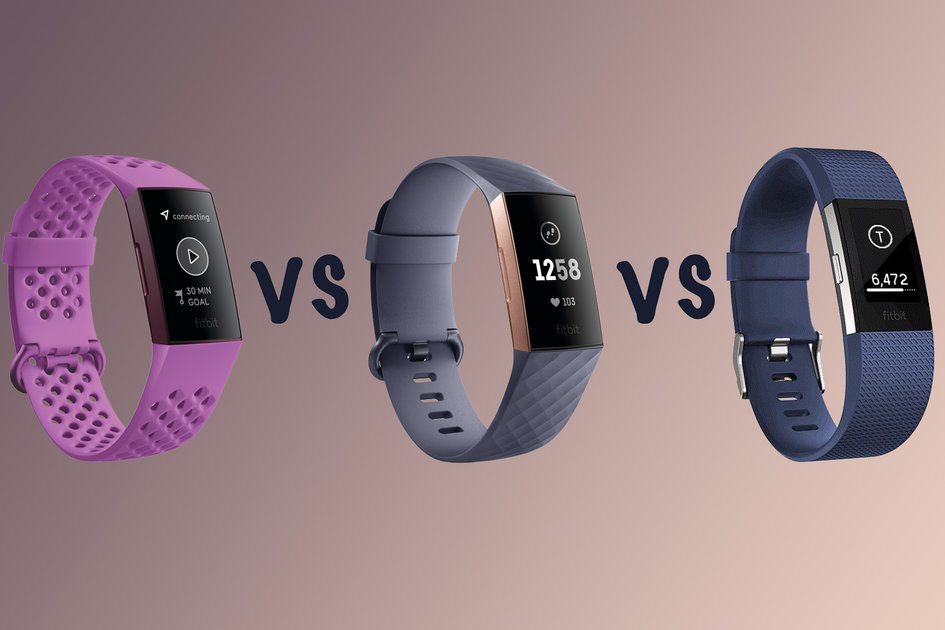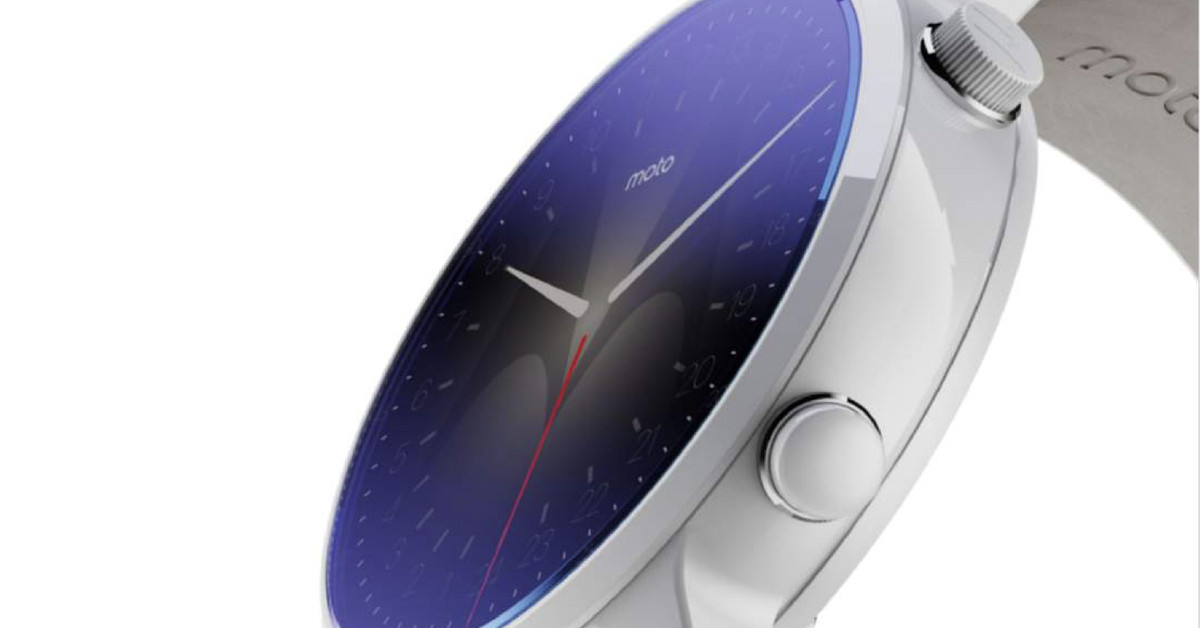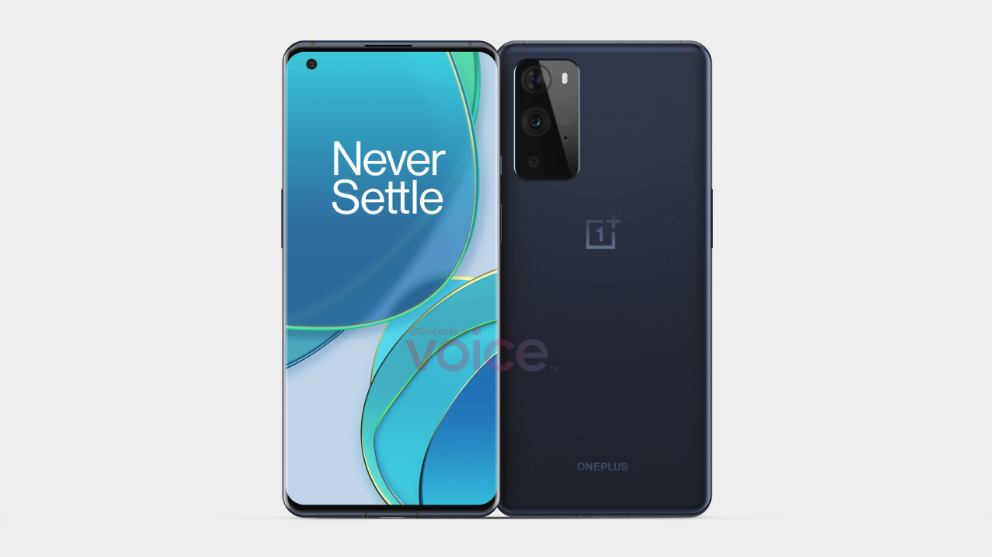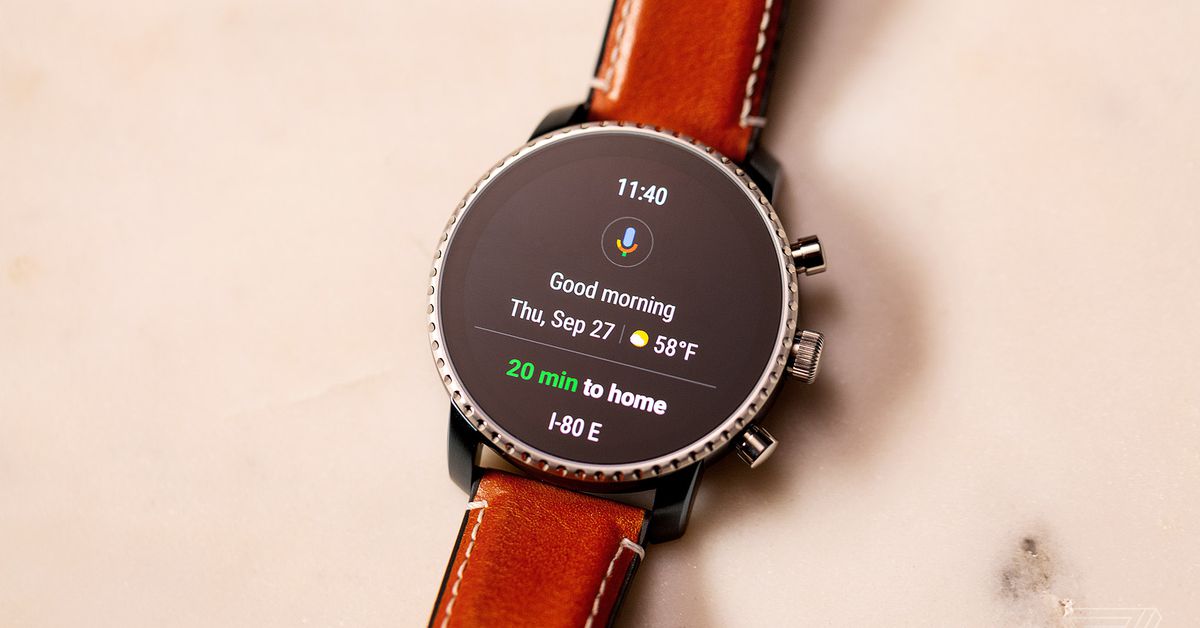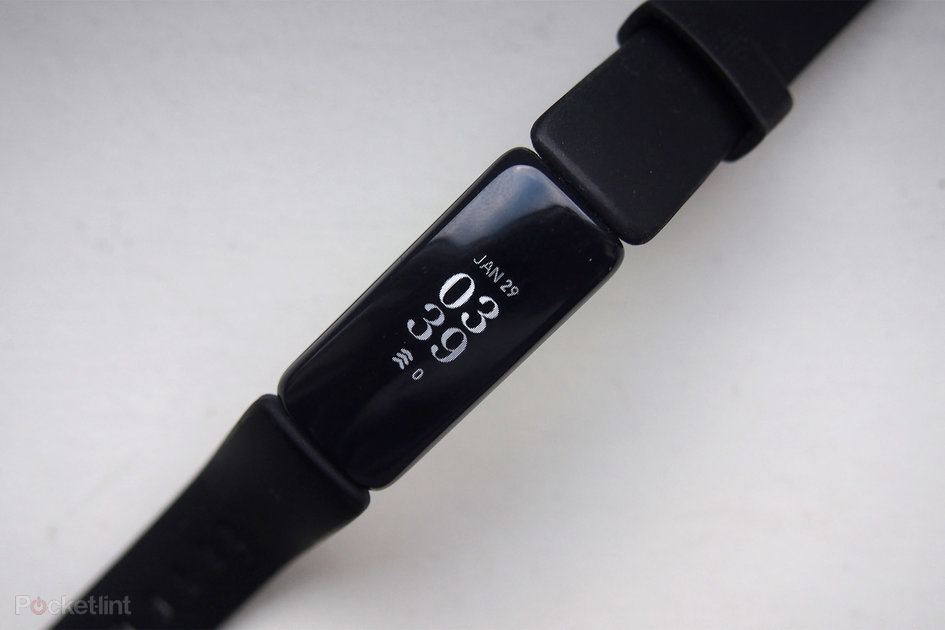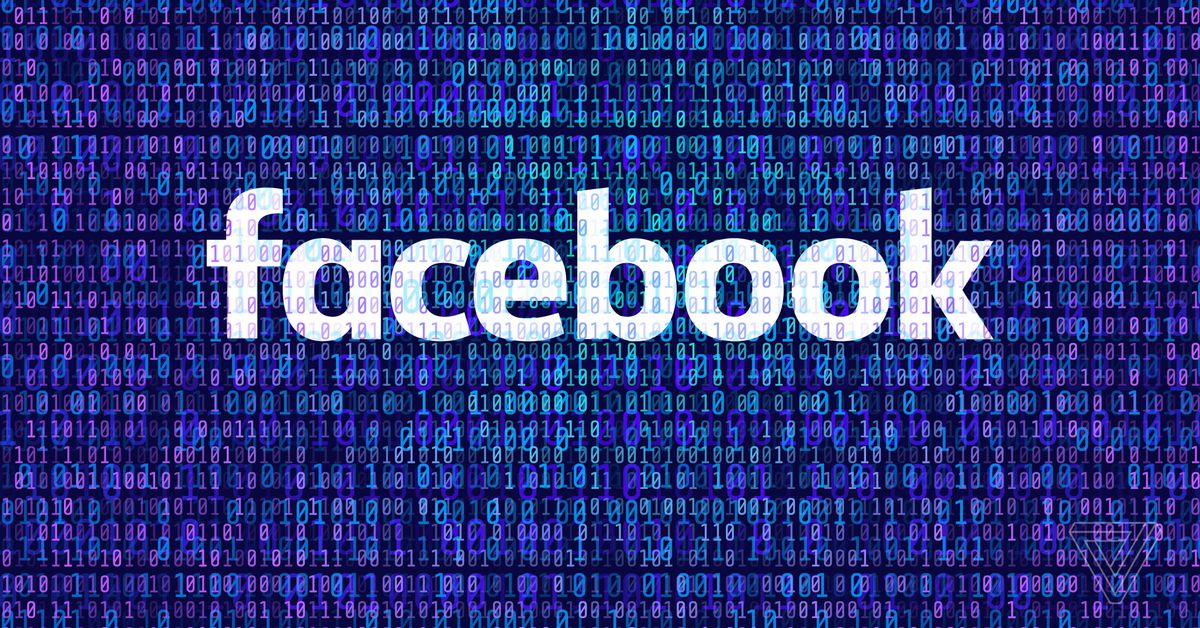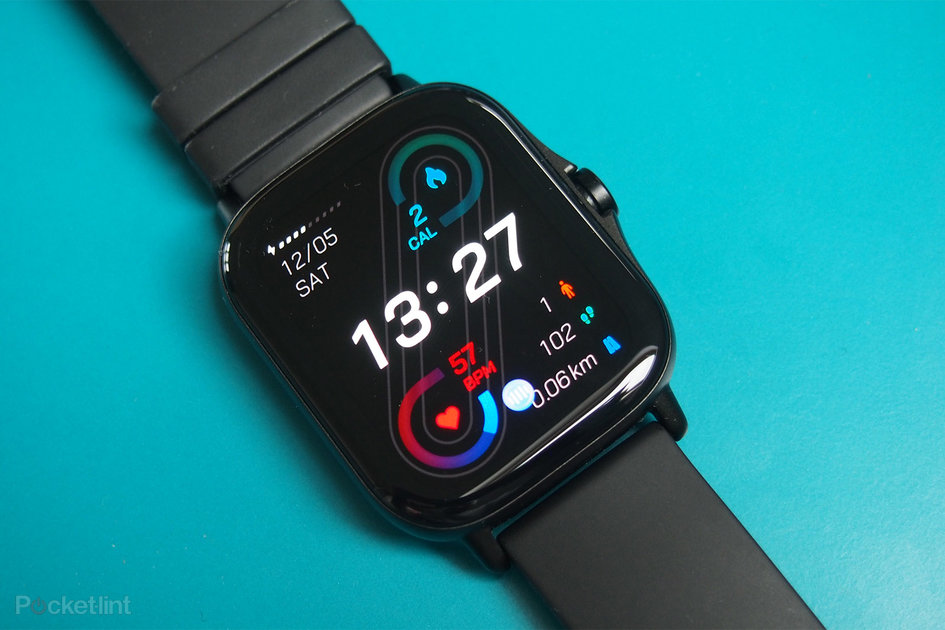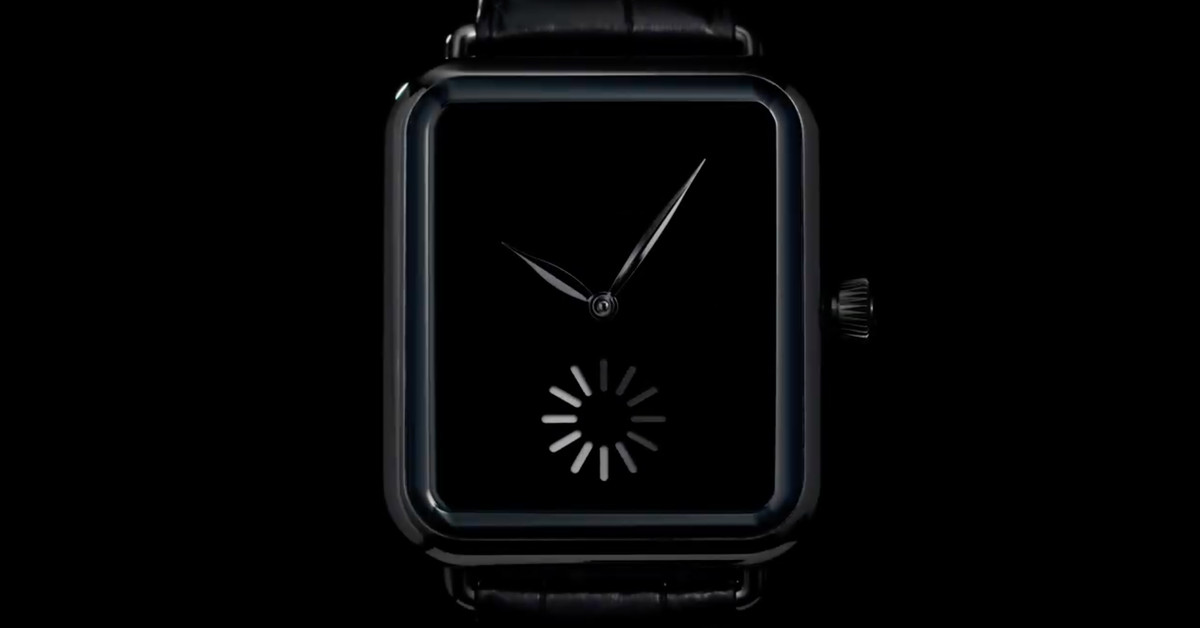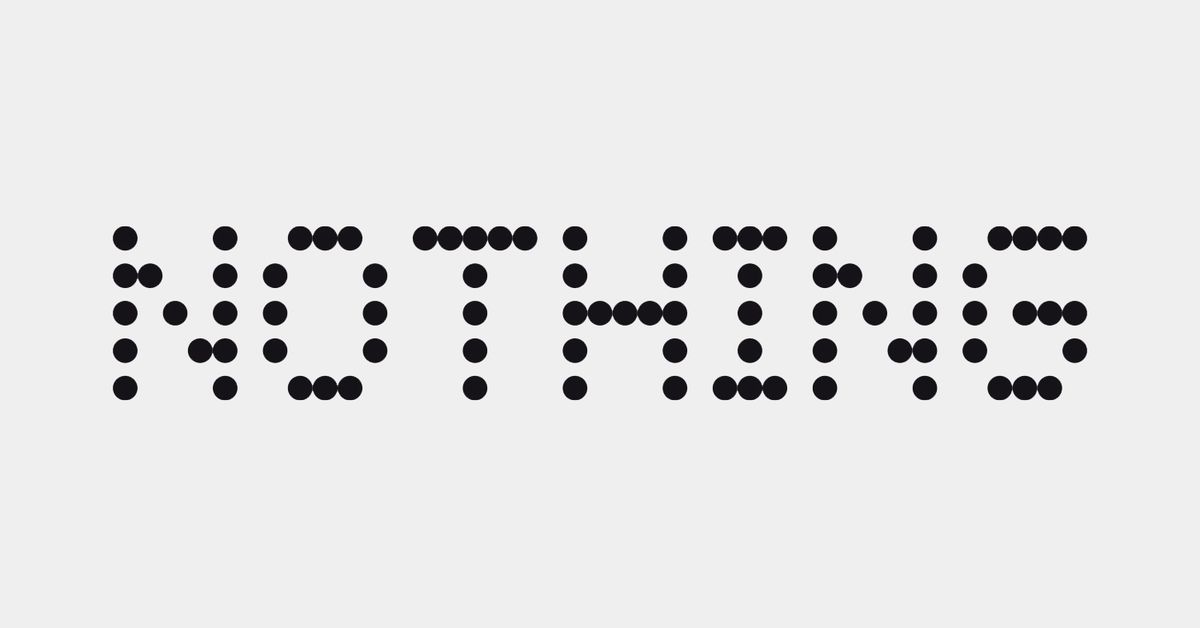(Pocket-lint) – Fitbit offers numerous devices in the activity tracking market, from the plain and simple Inspire 2 to its top-of-the-range smartwatch Sense.
The Charge 4 is an activity tracker that sits in between the Fitbit Inspire range and the Fitbit Versa range.
We’ve compared it to its predecessor – the Charge 3 – as well as the older Charge 2 to see how the Charge devices differ and help you work out if you should upgrade.
- Which Fitbit is right for me?
squirrel_widget_217724
Design
- Charge 2: OLED tap display, buckle, stainless steel, interchangeable straps
- Charge 3: OLED touchscreen, buckle, aluminium, interchangeable straps, water resistant
- Charge 4: OLED touchscreen, buckle, aluminium, interchangeable straps, water resistant
The Fitbit Charge 3 and Charge 4 are virtually identical in design on the surface, but they offer a number of refinements compared to the Charge 2. Not only do they add water resistance up to 50-metres, making them both swim proof, but they also trade the stainless steel body of the Charge 2 for aluminium, resulting in 20 per cent lighter devices.
The Charge 3 and Charge 4 have smoother, sleeker finishes overall compared to the Charge 2, and they also have a more refined mechanism for changing the straps. Additionally, the Charge 3 and Charge 4 trade the physical button found on the left of the Charge 2’s display for a neater inductive button.
The Fitbit Charge 2, Charge 3 and Charge 4 all have OLED displays, but the Charge 2 is just a tap display, while the Charge 3 and Charge 4 both have touchscreen displays. The Charge 3 and Charge 4 also have 40 per cent larger displays than the Charge 2.
The three devices all have buckle fastenings and they all feature a PurePulse heart rate monitor that sits on the underside of their main bodies – more on that next.
- Fitbit Charge 3 review
Specs and sensors
- Charge 2: PurePulse HR monitor, connected GPS
- Charge 3: PurePulse HR, SpO2 monitor, connected GPS, NFC in some models
- Charge 4: PurePulse HR, SpO2 monitor, built-in GPS, NFC
All three Fitbit Charge devices being compared here have a PurePulse optical heart rate monitor, offering automatic and continuous heart rate tracking. They also all have an accelerometer, altimeter and vibration motor.
The Charge 3 and Charge 4 both have relative SpO2 sensors too, allowing users to view a graph in the Fitbit app to see an estimate of the oxygen level variability in your bloodstream, which is designed to help show variations in your breathing during sleep.
In terms of GPS, the Charge 2 and Charge 3 both offer connected GPS, using your smartphone for the GPS signal meaning you’ll need to bring it with you when you go for a run or walk if you want detailed map data. The Charge 4 however, offers built-in GPS. There are seven GPS-enabled exercise modes to choose from.
The Charge 3 and Charge 4 also both have NFC on board, allowing you to pay with your activity tracker at contactless terminals through Fitbit Pay. While the NFC chip comes as standard on the Charge 4 however, it’s only available in the Special Edition models of the Charge 3.
Features
- Charge 2: Activity and sleep monitoring, auto exercise recognition, multi-sport tracking, smartphone alerts
- Charge 3: Adds swim tracking, goal-based exercise, run detect with auto stop, accept/reject calls, quick replies, NFC (Special Edition), Active Zone Minutes
- Charge 4: Adds Spotify support, Smart Wake
The Fitbit Charge 2, 3 and 4 all feature all-day activity tracking (steps, distance, calories, floors climbed, activity minutes, hourly activity, stationary time) and sleep monitoring with sleep stages and sleep score. They also all allow you to see daily stats on their displays, along with smartphone notifications – the latter of which are more advanced on the Charge 3 and 4.
Other features found on all three devices include SmartTrack, which automatically recognises when you exercise, Multi-Sport tracking, Cardio Fitness Level, which allows users to see a personalised Cardio score and Guided Breathing, which offers personalised breathing sessions based on your heart rate.
In addition to all the features offered on the Charge 2, the Charge 3 and Charge 4 also both have swim tracking on board, Goal-Based Exercise, Run Detect with auto stop, a timer option and weather information. It’s also possible to accept or reject calls and send Quick Replies if you are an Android user.
There’s also a feature called Active Zone Minutes. This feature uses your personalised heart rate zones to track your effort for any energising activity, allowing you to earn credit towards the recommended 150-minute weekly goal for each minute of moderate activity in the fat burn zone and double the credit for vigorous activity in cardio and peak zones.
Adding to the Charge 3’s features, the Charge 4 offers Spotify support for control of Spotify on your phone, as well as Smart Wake, which uses machine learning to wake you at the optimal time – a feature that was previously only available on Fitbit smartwatches.
Price and conclusion
squirrel_widget_145405
The Fitbit Charge 2 and Special Edition models aren’t available through Fitbit anymore, but you can still get hold of it online at retailers like Amazon. We’d recommend looking at the Charge 3 before you do though as that is the superior device in many ways and there might not be much difference in price.
The Fitbit Charge 3 could be a good option for some, especially given the design is the same as the Charge 4. It has a great feature set and you might find it at a decent price compared to the Charge 4.
With built-in GPS on the Charge 4 however, and the extra additional features like Spotify control, that’s the model to go for if your budget allows. The built-in GPS means it also makes for a decent upgrade, to both the Charge 3 and 2 but you’ll see an even bigger difference if you have the Charge 2.
squirrel_widget_138711
Writing by Britta O’Boyle.
